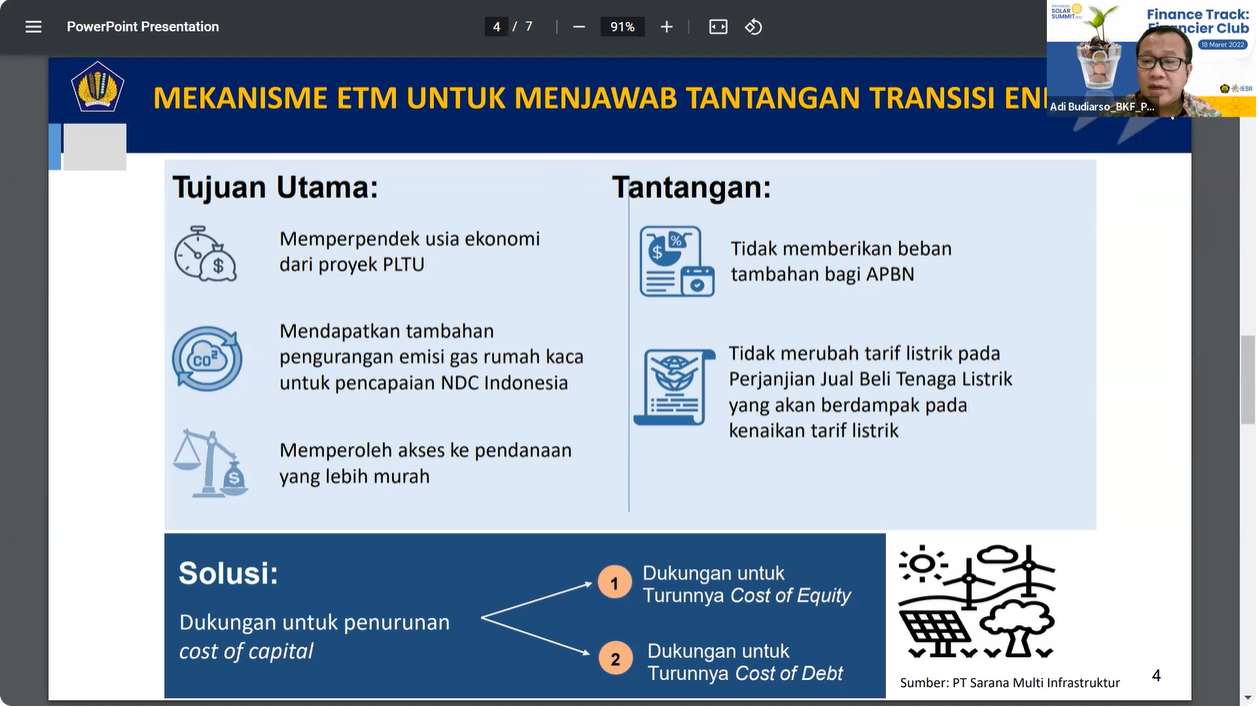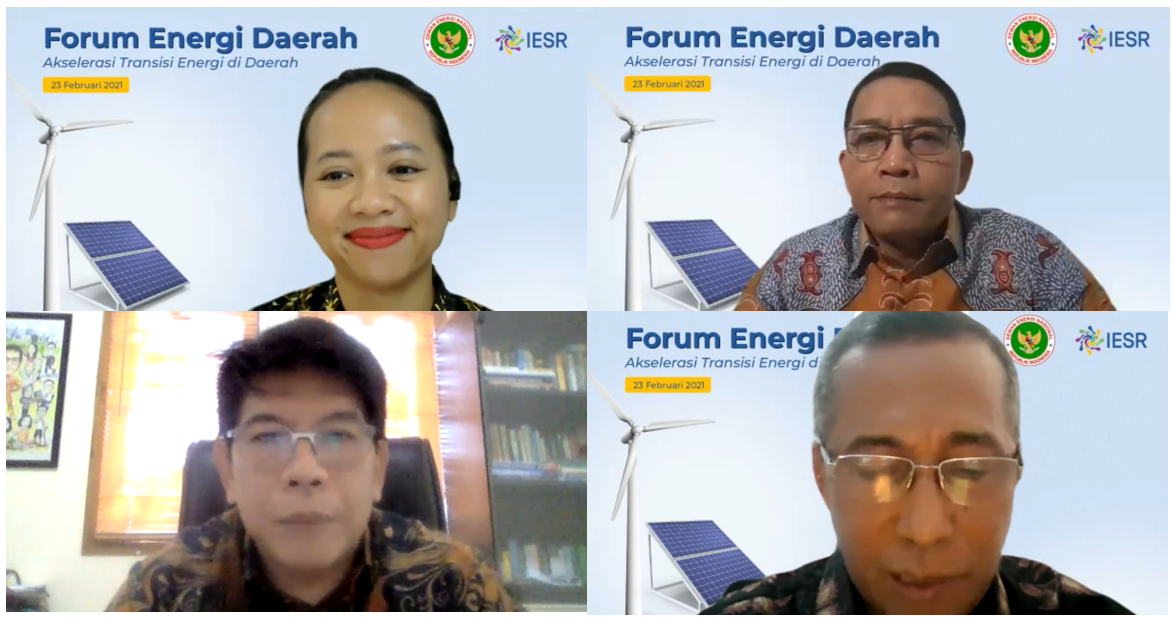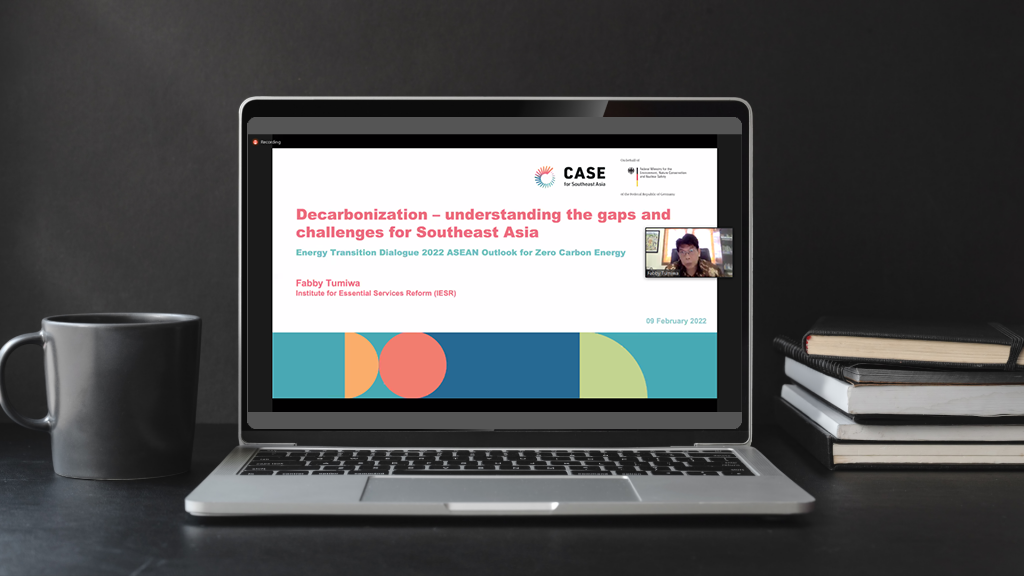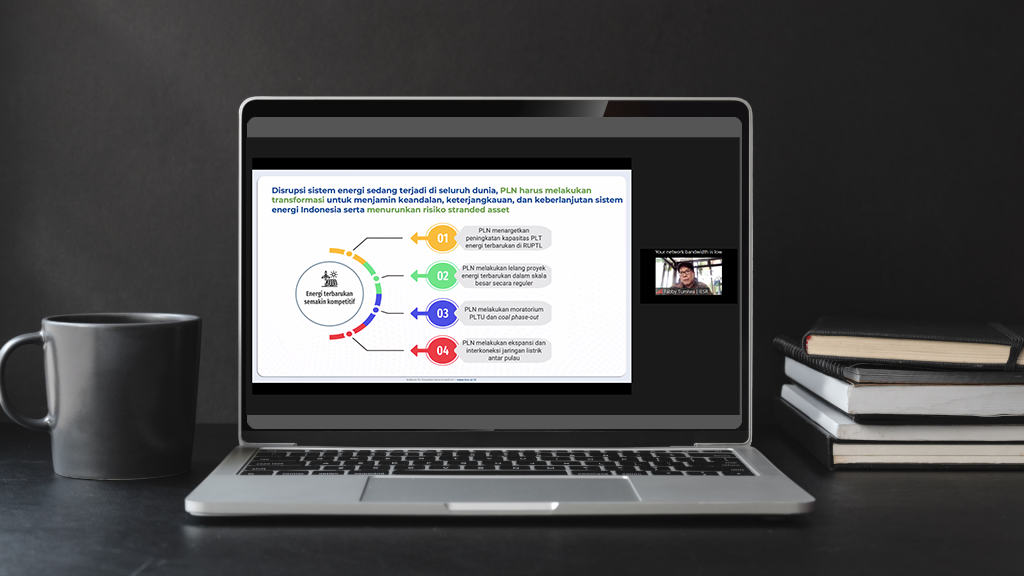
Financier’s Club: Financing Solar Energy in Indonesia – Discusses Solar Energy Financing Issues in Energy Transition
Jakarta, 18 March 2022– The financing of energy transition in Indonesia, especially in the Solar PV Power Plant, needs to be mobilized immediately. The te... Read more.

IPP Track: Support Private Sector Usage of Solar Power Plants to Achieve Paris Agreement Targets
Jakarta, 15 March 2022 – Indonesia has potential natural resources that can be allocated to develop solar power plants. Besides, solar power plants as renewab... Read more.

Lessons Learned from Fukushima, Nuclear Power Plant Development Has Entered Its Sunset Years
Jakarta, March 11, 2022 – Amid energy decarbonization efforts to achieve carbon neutrality as soon as mid-century or in 2060, the Indonesian government is... Read more.

Women’s Groups and Farmers’ Groups on the NRE Bill “Not New Renewable Energy but Clean Energy”
Jakarta, March 4, 2022- The House of Representatives of the Republic of Indonesia (DPR RI) has submitted the Draft Bill on New and Renewable Energy (RUU NRE) ... Read more.

Regulatory Support: Key to Unlock Indonesia’s Solar Potential
Jakarta, February 24, 2022 – The development of solar energy in Indonesia since 2018 has been increasing, although not significantly. The Ministry of Ener... Read more.

Encourage Regional Level Energy Transition Acceleration through the Regional Energy Forum (FED)
Jakarta, 23 February 2022 – Through their respective authorities, local governments play an essential role in achieving national development targets related t... Read more.

Approved! The New Revised Solar Rooftop Regulation Targets the development of 3.6 GW of Rooftop Solar by 2025
The issue of government policies of the Minister of Energy and Mineral Resources Regulation No. 49/2018 in terms of rooftop solar in Indonesia since 2018 has pr... Read more.

ASEAN is Still Relying on Fossil Fuel yet Has the Opportunities to Transform its Energy System
Jakarta, 9 February 2022 – ASEAN is one of the most populated regions in which the economy is growing and energy demand grows rapidly. Economic growth eme... Read more.

PLN Should Follow Global Transformation to a Cleaner Energy
Kendari, 7 February 2022 – The world is facing major changes in response to the increase in the earth’s temperature which has increased by 1.1 degre... Read more.

Bisnis.com | New Rooftop PV Regulation Makes Payback Faster
“From the study that IESR has conducted, the net-metering value to 100 percent from 65 percent will make the rate of return on investment which was initia... Read more.
